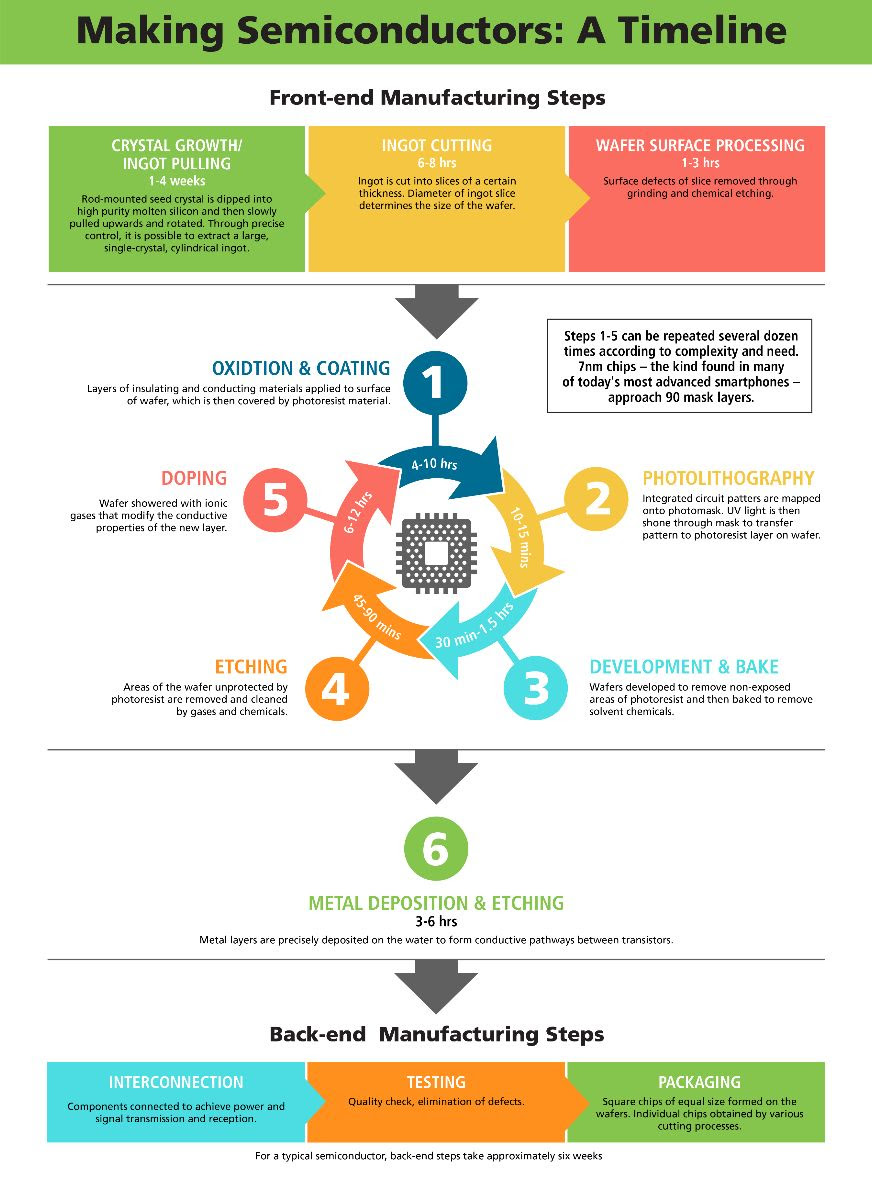The American economy faces shortages of every conceivable product, but few widgets have captured the public imagination as much as semiconductors. Ubiquitous and powerful, these little silicon bits are what separates the modern digital world from the rest of human history. We need them. Lots of them. In everything.

Unfortunately, manufacturing semiconductors isn’t nearly as easy as flipping a few switches. Each facility costs about $10 billion in funds, at least two years in time, and necessitates a small army of specially trained labor. Even worse, as our needs change, fab facilities must be retooled. Even if that could be done overnight — and it cannot — there’s a lengthy lead time between a fab beginning work and the first new chips coming out. Months. And that’s just to get the chips our the door. You still need to get them delivered to manufacturers who will put them into the components where we’ll use them: into flash drives, wiring harnesses, phones, microwaves, household appliances, televisions, computers, and so on. The months necessary to make the chips is just the beginning–they are only a part of completely separate, complex, and global supply and assembly chains.
And therein lies the rub. The long delay for getting a semiconductor supply system tuned just right is just the first thing that has gone wrong in our world of globalized manufacturing.
Join Peter Zeihan November 19 for Supply Chains No More, the second of a three-part series of seminar exploring the challenges facing the American and global economies.
REGISTER FOR SUPPLY CHAINS NO MORE
Also in this series:
Part I: Wither the Workforce
November 17
REGISTER FOR WITHER THE WORKFORCE
And Part III: The Face of Inflation
December 1








